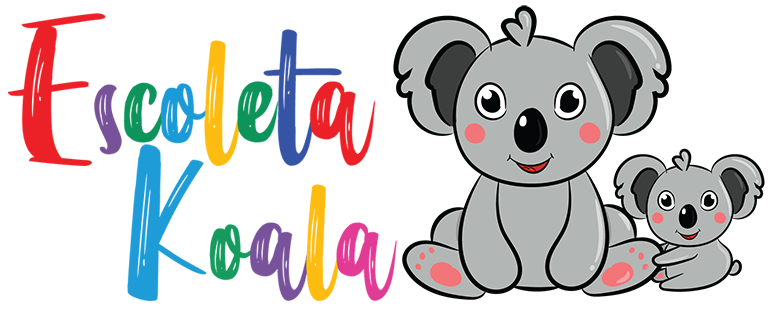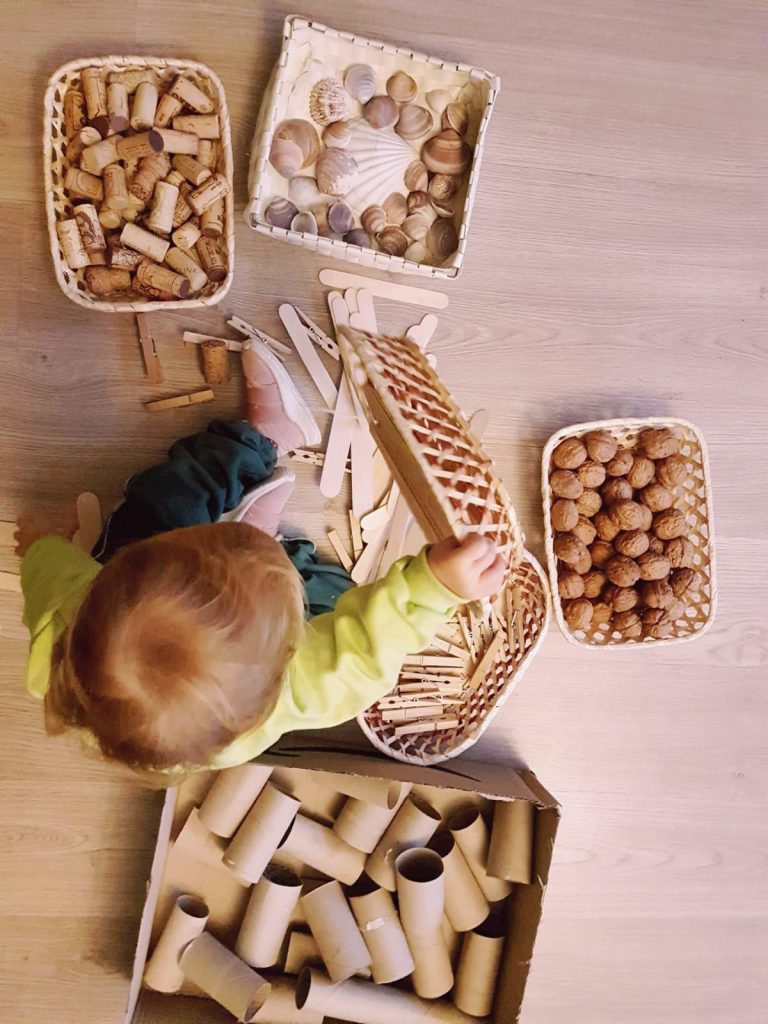The heuristic game is a playful activity through which the discovery and experimentation of children is stimulated during their early childhood. It can be introduced from 12 months to 2 years, since from this age their playful interests change and this game is no longer interesting for them.
Heuristic play is an activity in which a small group of children explore different unstructured and everyday natural objects (made of leather, metal, paper, wood, cardboard, cork, pinecones, etc.) and also natural containers (made of wood, straw, cardboard, etc.) with which the child can transport, transfer, classify, etc. It is about doing it in a free and spontaneous way. Always avoiding plastic materials or toys .
The heuristic game allows the child to discover the world around them freely and safely. Exercise and enrich the abilities of children by developing their physical, mental, emotional and social skills. pendik escort
In the heuristic game, the child is the protagonist of his own learning. He alone explores, investigates and discovers in a natural and self-guided way.
Heuristic play has multiple benefits:
- Develop Cognitive abilities : understand, relate, know …
- Incentive imagination and creativity of the kids.
- It favors perceptual abilities : works all the senses
- Develop the motor skills , both thick and thin
- Helps to become aware of laws of nature (gravity and balance).
- Helps to promote logical-mathematical thinking
- Teaches ethical values : respect, collaboration …
The heuristic game session is divided into three phases :
The first is the preparatory phase where the adult prepares the play space, it is about choosing three or four types of objects and containers, they are placed distributed throughout different spaces in the classroom (it can be on a carpet). There must be objects of different materials and sizes (cardboard, wood and metal). It is important to find a space without stimuli so that children can explore all the objects without distractions.
The second, exploration and combination of objects, the child goes to the objects that most attract their attention, explores and manipulates them. He stacks them, fills them, takes them out, turns them, balances them, rolls them, etc.
And finally, the collection phase , once the game is over, the children must collect the material in its corresponding place. The adult should guide them to favor the classification work.
What is the role of the adult in this game?
The adult in this game, after having facilitated all the material in an attractive way, must remain silent, attentive and observing the course of the game at a strategic point.
You must be attentive to the game and observe its development, since there are no successes or mistakes, there are no guidelines, since it is a free game, you can only interrupt if you consider it necessary, to order objects, encourage a child who is undecided or avoid a conflict. The role of the adult appears active only at the time of collecting and thus inviting the children to classify the materials in the different bags.

